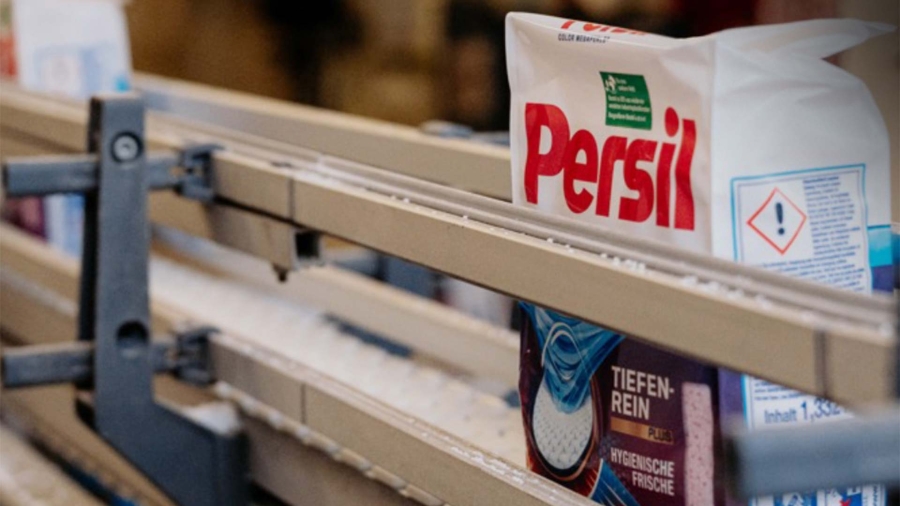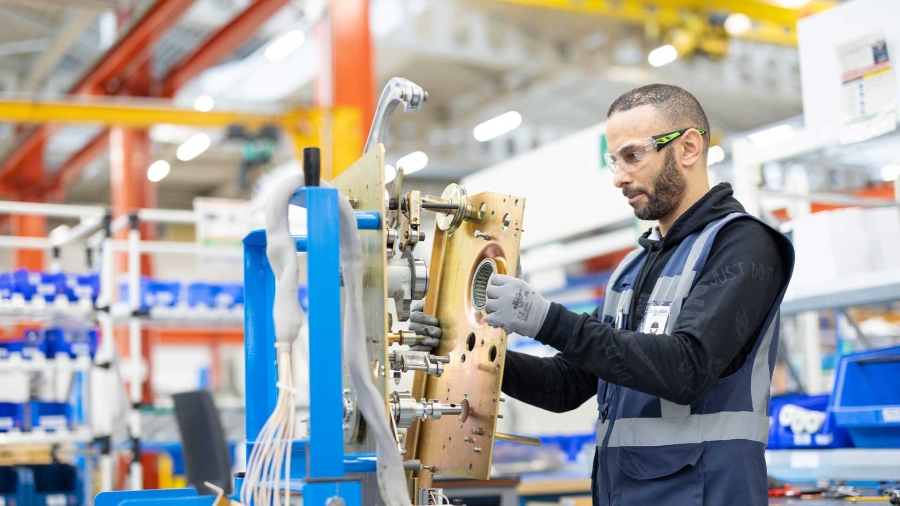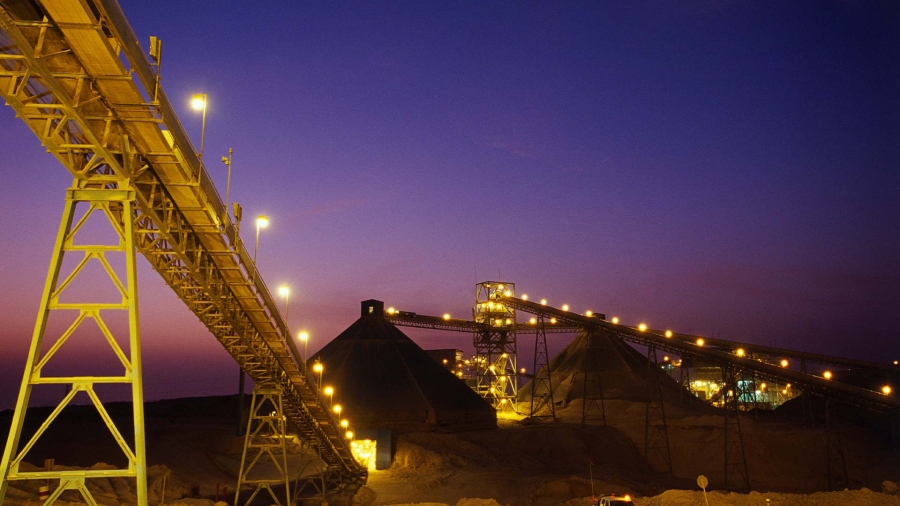Climate change is the biggest challenge facing humanity today. It’s global, all-pervasive, and accelerating. The climate change solution, therefore, has to be equally comprehensive: it requires us all – governments, companies, investors, and individuals ─ to deploy not just single-track solutions and long-term pledges, but a whole arsenal of approaches and concrete actions, across multiple fronts ─ now.
At the government level, thankfully, awareness and action have picked up substantially.
Over just the past year, we’ve seen China, Japan and others make ambitious commitments to a greener future. The European Green Deal aims to make the EU economy climate neutral in 2050, by investing in sustainable technologies, decarbonizing the energy sector, and ensuring that buildings are more energy-efficient, among other things. And in the US, President Joe Biden’s virtual climate summit on Earth Day, 22 April, injected still more global momentum into the drive to decarbonize the global economy.
Companies must be part of the solution – and there are many ways we can do this
All this is of course welcome. But governments can’t, and shouldn’t, go it alone. Companies, too, need to be part of the climate change solution.
After all, corporations such as Schneider Electric are major economic players: our global footprints, business ecosystems and R&D budgets mean we can and should work towards a greener future.
There’s a whole range of ways we can do this.
Products and solutions: Most obvious are the products we provide to customers.
As climate change awareness has risen, so have customers’ demands for innovative technologies that help them run operations more efficiently, make savings on energy and raw materials usage, or run vehicle fleets, production sites or office buildings in ways that emit less CO2.
Some climate change solutions, such as electric vehicles, or solar panels, are well understood.
Others, such as eliminating the need to use SF6 – a potent greenhouse gas commonly contained in electrical equipment used to power the grid and industrial electrical installations – are less well known outside the world of electrical engineering. But they are massively beneficial to the planet’s environment. Schneider Electric’s new SM AirSeT medium voltage switchgear, which uses pure air instead of the industry-standard SF6, is a great example of how digital innovation can disrupt the status quo, in favor of decarbonization.
Partnering with other businesses: Then there’s our ability to influence and help customers and suppliers to go green.
Schneider is increasingly acting as a consultant for customers, rather than simply a provider of goods and services. This means helping them identify opportunities and define strategic approaches, as well as assisting with their actual implementation.
For example, our Climate Change Advisory Services help businesses to reach their climate and sustainability goals, and we’ve just launched an initiative to help our top 1,000 suppliers to halve their CO2 emissions by 2025, using digital tools that enable data-driven decisions.
Advocacy and knowledge-sharing: Large corporations sit on a treasure trove of expertise and knowledge.
This can be just as important as financing when it comes to supporting academic institutions’, think-tanks’ or NGOs’ climate initiatives.
For example, the Solar Impulse Foundation, led by the well-known explorer Bertrand Piccard, has identified 1,000 clean and profitable climate change solutions, showcasing that clean technologies can also be financially viable. Schneider has been supporting the project since 2019, by helping to analyze potential candidates for the Solar Impulse Efficient Solution Label.
Or take the World Economic Forum’s Net Zero Carbon Cities – Systemic Efficiency Initiative, co-chaired by Schneider CEO Jean-Pascal Tricoire and Francesco Starace, the CEO and General Manager of Enel Group. This aims to accelerate the decarbonization of cities around the world. Given that cities account for nearly two-thirds of global CO2 emissions, identifying and sharing knowledge on how to do this can have an important impact.
Our own targets and staff: At the end of the day, companies also need to exemplify how to act themselves.
They need to set long-term targets for their own operations and staff and embed environmental and social considerations into their day-to-day operations.
This takes perseverance, strategic and consistent goal-setting, measurement, recalibration, and a constant dialing-up of ambitions. It also requires taking day-to-day action, from in-house training and awareness-raising to local projects and challenges and recycling and energy savings drives (those little differences that amount to so much) – together these help our 128,000 employees be part of the everyday climate change solution.
Go beyond the obviousNowadays, hardly a day goes by without news of yet another climate-linked disaster or a new report on biodiversity loss. With the 2021 United Nations Climate Change Conference (COP26) happening in November, the flood of commentary will no doubt pick up.
But hopefully, so will concrete action – by governments, companies, and ordinary individuals like you and me. We all need to go beyond what’s easy and obvious. And we need to deploy the entire toolkit we have at our disposal, today, and every day. We have so many solutions ─ why wait?














